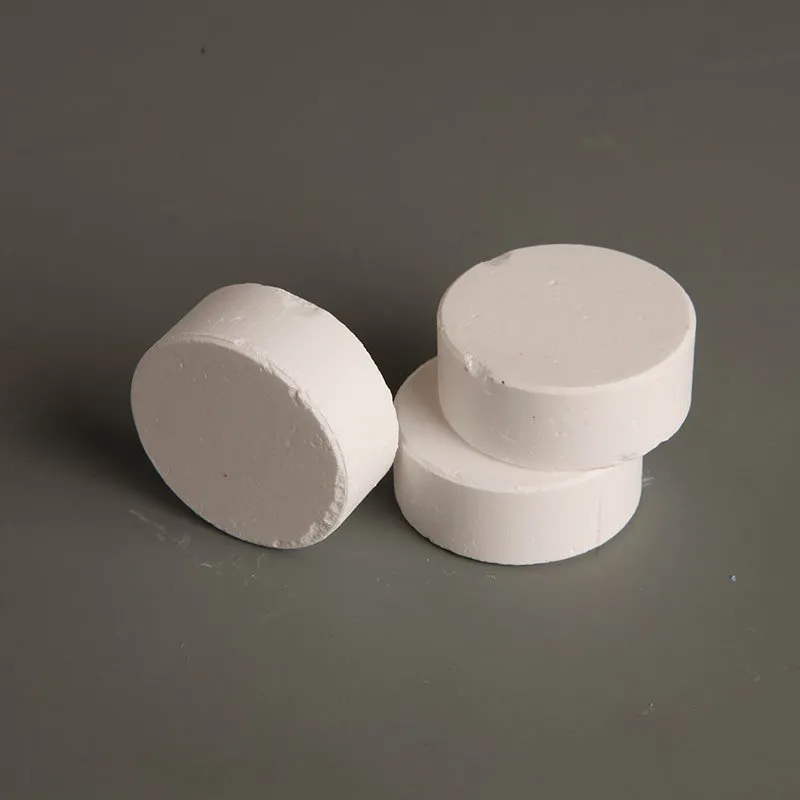



di ammonium hydrogen phosphate msds
Safety Data Sheet (SDS) for Diammonium Hydrogen Phosphate
Diammonium hydrogen phosphate (DAP), with the chemical formula (NH4)2HPO4, is an important compound widely used in agriculture, fertilizers, and various industrial applications. Understanding the safety data sheet (SDS) for DAP is crucial for ensuring safe handling and usage. This article aims to summarize key aspects of the SDS for diammonium hydrogen phosphate.
Identification and Composition
Diammonium hydrogen phosphate is a white crystalline solid that is soluble in water. It is typically available in a powdered form and is characterized by its high phosphorus and nitrogen content, making it an effective fertilizer. DAP is used in agricultural applications to promote plant growth and improve crop yields.
Hazards Identification
According to the SDS, DAP is generally considered to be non-toxic; however, it may cause irritation to the eyes, skin, and respiratory tract upon contact or inhalation of dust. Prolonged exposure to high concentrations of the material can lead to adverse health effects. Therefore, it is essential to use appropriate personal protective equipment (PPE), such as gloves, goggles, and respiratory protection, when handling DAP.
First Aid Measures
di ammonium hydrogen phosphate msds

In the event of exposure, fast action is paramount. If DAP comes into contact with the eyes, it is crucial to rinse them immediately with plenty of water and seek medical attention. In case of skin contact, wash the affected area thoroughly with soap and water. If ingested, do not induce vomiting; instead, seek medical help. For inhalation, move the affected individual to fresh air and seek medical attention if symptoms persist.
Fire Safety and Handling
Diammonium hydrogen phosphate is classified as non-flammable; however, it can support combustion in certain conditions. When exposed to fire, it may release hazardous fumes. Therefore, it is recommended to use appropriate extinguishing agents such as water, foam, or dry chemical powder. Proper ventilation in the workspace is essential to minimize dust accumulation.
Storage and Compatibility
DAP should be stored in a cool, dry place, away from incompatible materials such as strong acids, strong bases, and oxidizing agents. Containers should be tightly closed and labeled clearly. It is advisable to follow the guidelines provided in the SDS regarding storage and handling to prevent accidents and ensure safety.
Conclusion
Diammonium hydrogen phosphate is a vital compound with several agricultural benefits, but it must be handled carefully to mitigate any health and safety risks. Familiarizing oneself with the SDS is imperative for anyone who works with this substance. By understanding its properties, hazards, and safety measures, users can ensure the safe use of diammonium hydrogen phosphate in various applications. Always prioritize safety and adhere to the guidance provided in the SDS for effective and responsible use.
-
Why Sodium Persulfate Is Everywhere NowNewsJul.07,2025
-
Why Polyacrylamide Is in High DemandNewsJul.07,2025
-
Understanding Paint Chemicals and Their ApplicationsNewsJul.07,2025
-
Smart Use Of Mining ChemicalsNewsJul.07,2025
-
Practical Uses of Potassium MonopersulfateNewsJul.07,2025
-
Agrochemicals In Real FarmingNewsJul.07,2025
-
Sodium Chlorite Hot UsesNewsJul.01,2025










